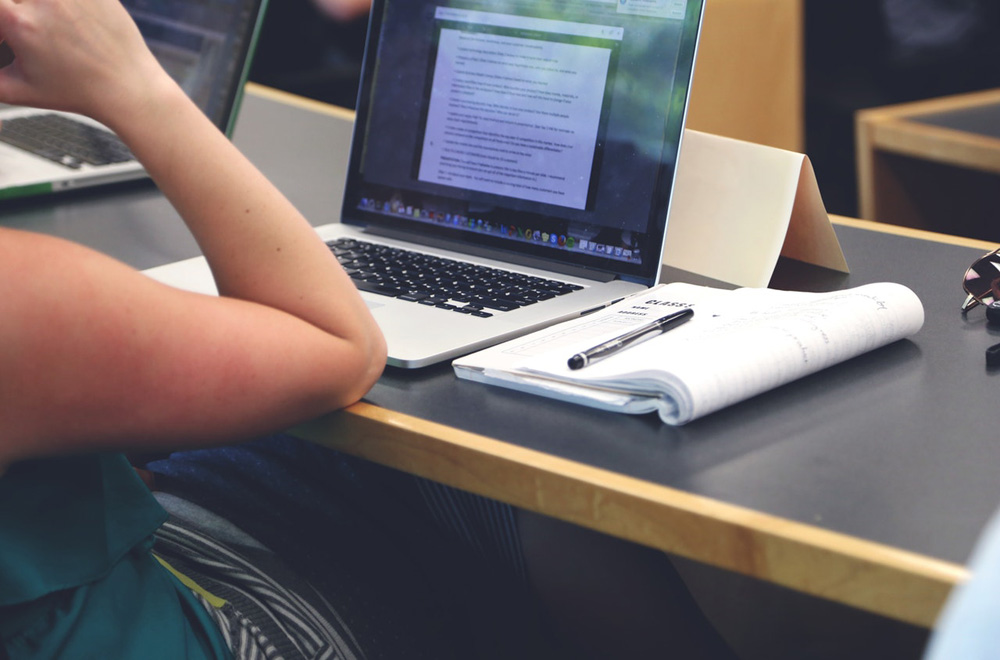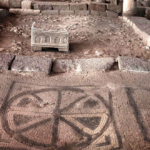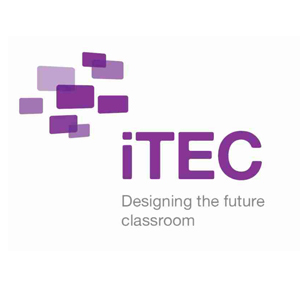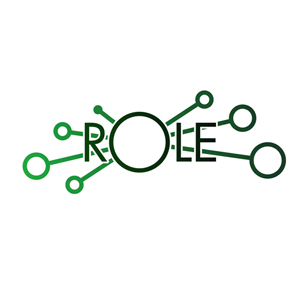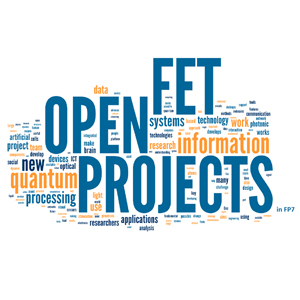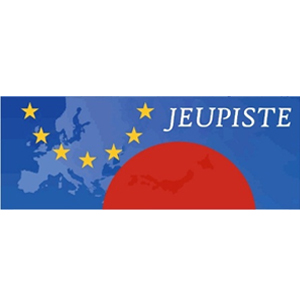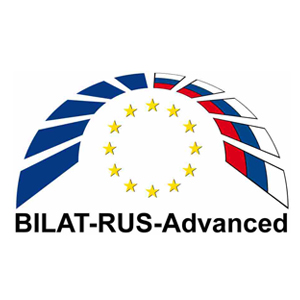T
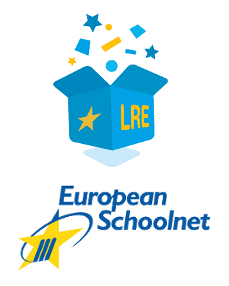
he Learning Resource Exchange, or LRE, is an educational online platform which provides learning content from many different European countries. Both teachers and students can access this database easily and resources may be used during class and for preparations. LRE’s platform contains videos, experiment practices, education games and a lot more.
This multilateral project is managed by Euroschool.net and its goal is to alleviate the access to the content for both ministries of education and other partners in order to ensure that the exchange between learners and teachers is improved while providing a modern and sustainable education system.
1. Resources
LRE is all about its resources. What are resources? They are a more modern and sustainable version of your traditional lessons. There are over 260.000 of them. What makes them practical is the fact that they are provided by 18 Ministries of Education. It allows different cultures to provide their own material and, thus, makes lessons more complete. The ministries in question are:
- Austria
- Flanders (Belgium)
- Catalonia (Spain)
- Czechia
- Estonia
- Finland
- France
- Hungary
- Germany
- Iceland
- Israel
- Ireland
- Italy
- Lithuania
- Norway
- Poland
- Portugal
- Slovenia
- Spain
- Sweden
Anyone, regardless of where she or he is from, is able to browse LRE’s content. Now, the question is: how can one understand a resource that is in a foreign language? That is where Travel Well resources come in.
2. The Travel Well Criteria
Using developed criteria, teachers from different countries may review the portal’s content, which acts as a quality management feature for LRE. The quality assurance is guaranteed by the Travel Well criteria which states that no specific language skills are needed and that the resources tackle transnational topics.
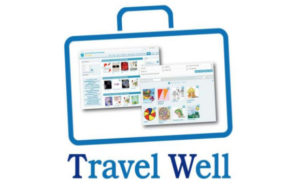
Travel Well is related to the reuse of resources in a new linguistic or national context
Travel Well is related to the reuse of resources in a new linguistic or national context. Travel Well resources are the ones that cross country or language borders easily. These resources usually include few words and phrases and focus on visual material that can be adapted to anyone’s needs.
It isn’t uncommon for teachers from many countries to use a resource that comes from abroad. By looking at an example from Estonia, the diagram shows that the resource has been used by teachers from Finland, Belgium and Hungary, thus proving the lack of language barrier. Things obviously become easier when the resource is in English; however, teachers have reportedly used various interesting pedagogical ways in cases where the resource’s language would be unintelligible. There are plenty of ways to become creative using LRE and anyone seeking for inspiration may use what the portal calls Tags.
In order to face language barrier issues, this European project includes several widgets that are meant to be used in educational purposes. Find out more about ROLE.
3. Tags And How Teachers Use Them
LRE’s database and content is open to the public. Registered teachers can, however, use their Tagging Tool to evaluate content, create a list of favorites, share material with friends and colleagues and give ideas on how to use it. Tags help the teaching community. It makes it easier to find appropriate resources. A teacher may connect key words to certain resources in order for the community to be able to find it according to their needs. Users can also attach their mentions and include ideas on how to use a certain resource and for what purpose.
“What is cool about Tags is that there are no rules on how they could be used. We’re just waiting for teachers to come up with new ways that they can share, not only in terms of resources but also in terms of good pedagogical ideas.”
In the following paragraph, we will be seeing what the pros and the cons of using LRE are.
4. Benefits And Barriers
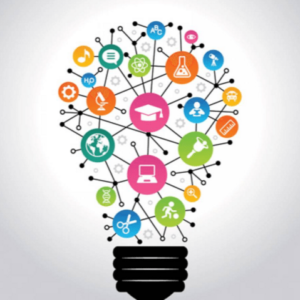
The LRE portal is a modern and sustainable way to educate pupils
Both teachers and students can highly benefit from LRE. There are different approaches to different subjects, giving an increase of student activity in class, through various programs. The students benefit from using interactive practices, experiments and educational games. By using the portal, any student is more active and able to learn new content at his or her own pace; being given feedback to ensure nothing wrong is learned.
The LRE portal is a modern and sustainable way to educate pupils, given that the classroom possesses proper equipment. However, according to —- a teacher from Hungary, some Learning Resources aren’t suitable for group working. To possessing suitable equipment is also a barrier some teachers tend to mention. Of course, we are also given some details about what teachers think constitutes a successful resource.
5. Successful Resources
Interactivity is key in order to keep pupils’ attention. An animation where they can participate would be a good example. Students must feel a connection between them and Learning Resources. Interesting questions must be raised during the lesson and the content must appeal to both the teacher and the student, all while being user-friendly.
Europe is not only willing to modernize lessons by making them interactive and web-based. Their goal is also to adapt whole classrooms in their project titled: Future Classroom.

